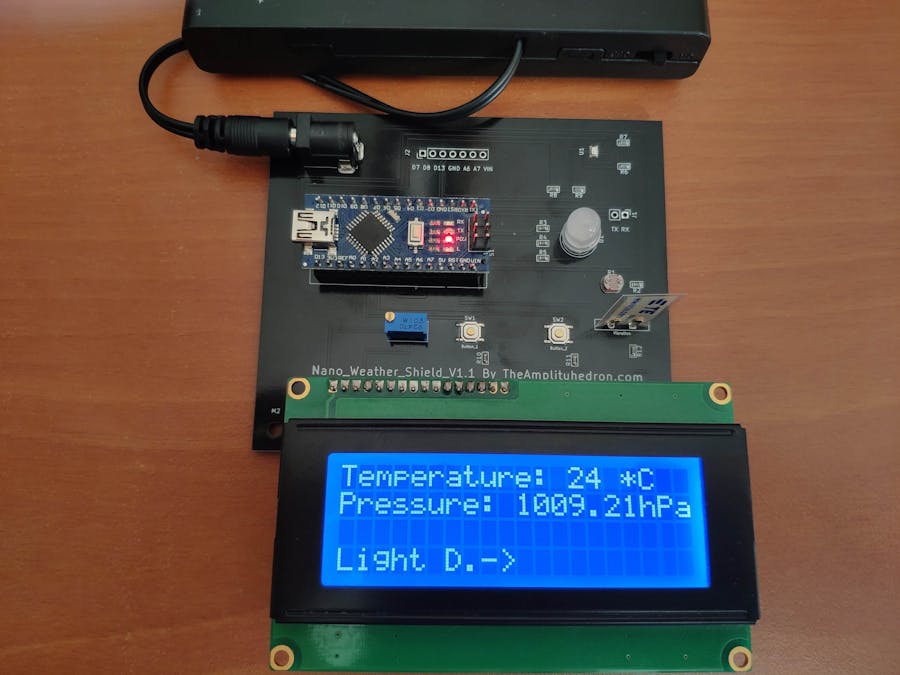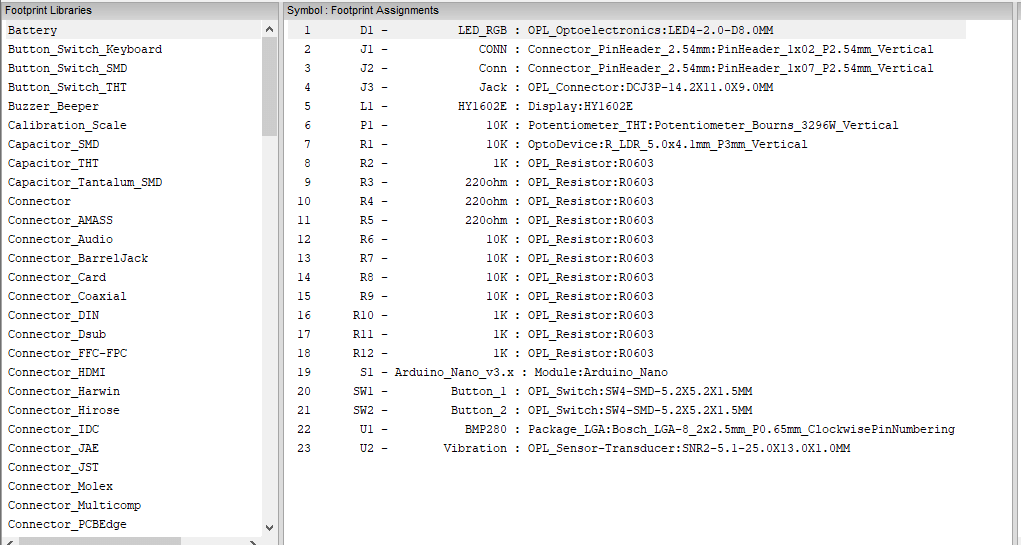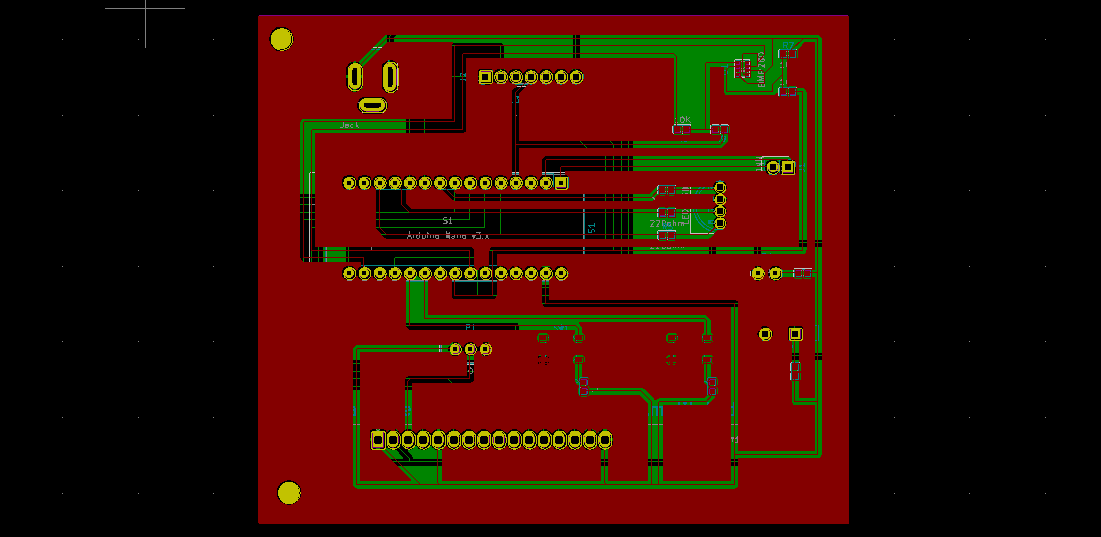Even though it is my first attempt at designing a PCB board and layout, I wanted to share with you my project step-by-step and will continue to post my further electronics projects including PCB designing or any possible improvements to this project here. In this particular project, I contemplated a shield for Arduino Nano, which can gather weather-related information by a built-in BMP280 Temperature and Pressure Sensor, a photoresistor, and a vibration sensor.
To get more information about other features and specifications of Nano Weather Shield V1.1, check out the features section below.
All components presented in this project and PCBA service are sponsored by SeeedStudio, except for optional components - Arduino Nano and 20 x 4 LCD Screen. You can try their Free assembly for 5 PCBs with free shipping offer from here.
You can download Gerber, fabrication, and BOM files of Nano Weather Shield V1.1 below. I designed the shield in KiCad, and therefore all provided files are available only in KiCad format.
To inspect built-in components in the BOM file, click here.
Required Libraries:
For BMP280 Temperature and Pressure Sensor, click here.
To switch between screens, use the left button and the right button:
Screen-1
Display temperature and pressure produced by BMP280.
Screen-2
Display light density and vibration generated by photoresistor and vibration sensor.
Screen-3
Initiate a unique RGB color pattern until a further command.
Also, you can access pending pins on Arduino Nano for including extra components by soldering headers on the shield.
ConnectionsBuilt-In Components on Nano Weather Shield V1.1:
- BMP280 Temperature and Pressure Sensor
- Photoresistor
- Vibration Sensor
- RGB Led
- Potentiometer
- 2 Switch Buttons
- Jack
- Resistors
Additional Components:
- Arduino Nano
- 16 x 2 or 20 x 4 LCD Screen
Nano-Weather-Shield-V1.1:
16x2 or 20x4 LCD Screen
D12 --------------------------- rs
D11 --------------------------- en
D5 --------------------------- D4
D4 --------------------------- D5
D3 --------------------------- D6
D2 --------------------------- D7
RGB LED
D6 --------------------------- r
D9 --------------------------- g
D10 --------------------------- b
BMP280 Pressure and Temperature Sensor
A4 --------------------------- SDI
A5 --------------------------- SCK
Vibration Sensor
A3 --------------------------- S
Photoresistor
A0 --------------------------- S
Button_1
A1 ---------------------------
Button_2
A2 ---------------------------
Solderable Pending Pins
D7 ---------------------------
D8 ---------------------------
D13---------------------------
GND---------------------------
A6 ---------------------------
A7 ---------------------------
VIN---------------------------
TX ---------------------------
RX ---------------------------Note: If you want to purchase a shield using my design, I strongly recommend you not use BMP280 Temperature and Pressure Sensor due to I2C bus connection problems in comparison to other sensors such as DHT11, DHT22 or BME280. I had to add an extra resistor to adjust the input voltage for one shield.







_4YUDWziWQ8.png?auto=compress%2Cformat&w=48&h=48&fit=fill&bg=ffffff)






_Ujn5WoVOOu.png?auto=compress%2Cformat&w=40&h=40&fit=fillmax&bg=fff&dpr=2)





Comments